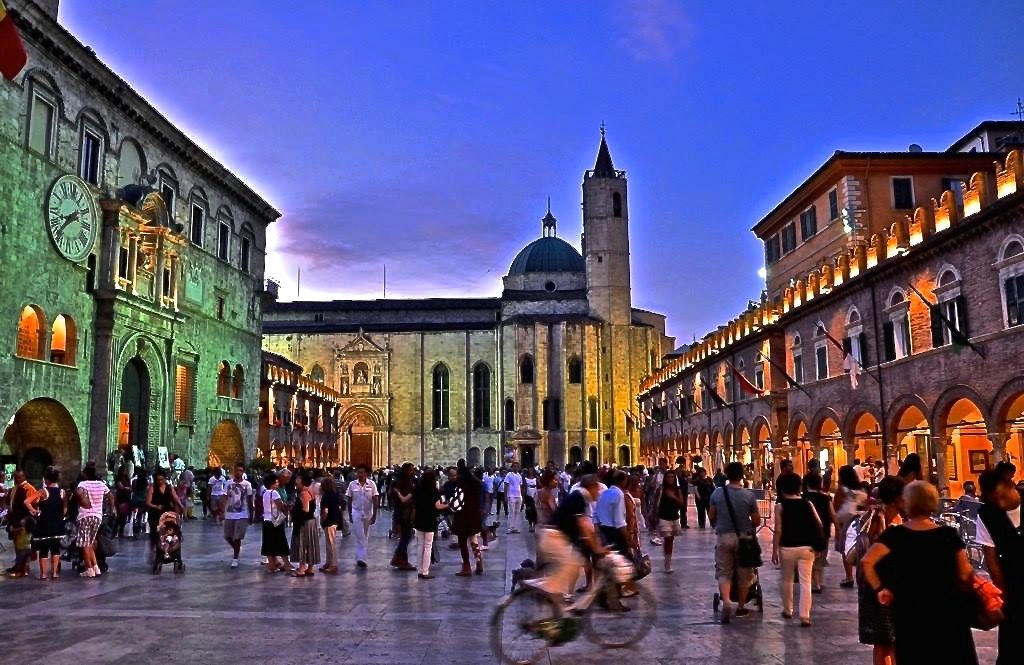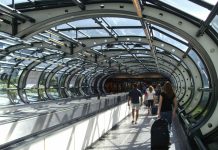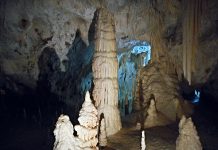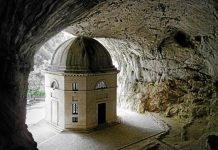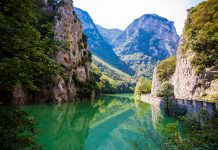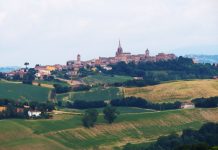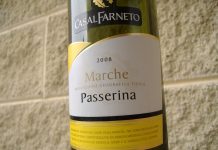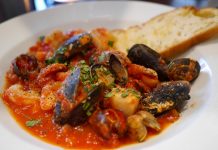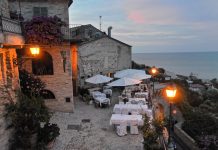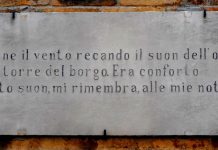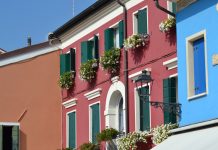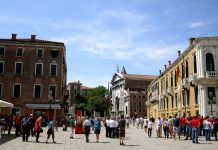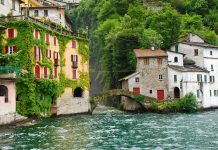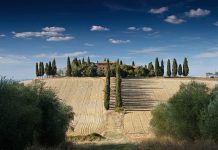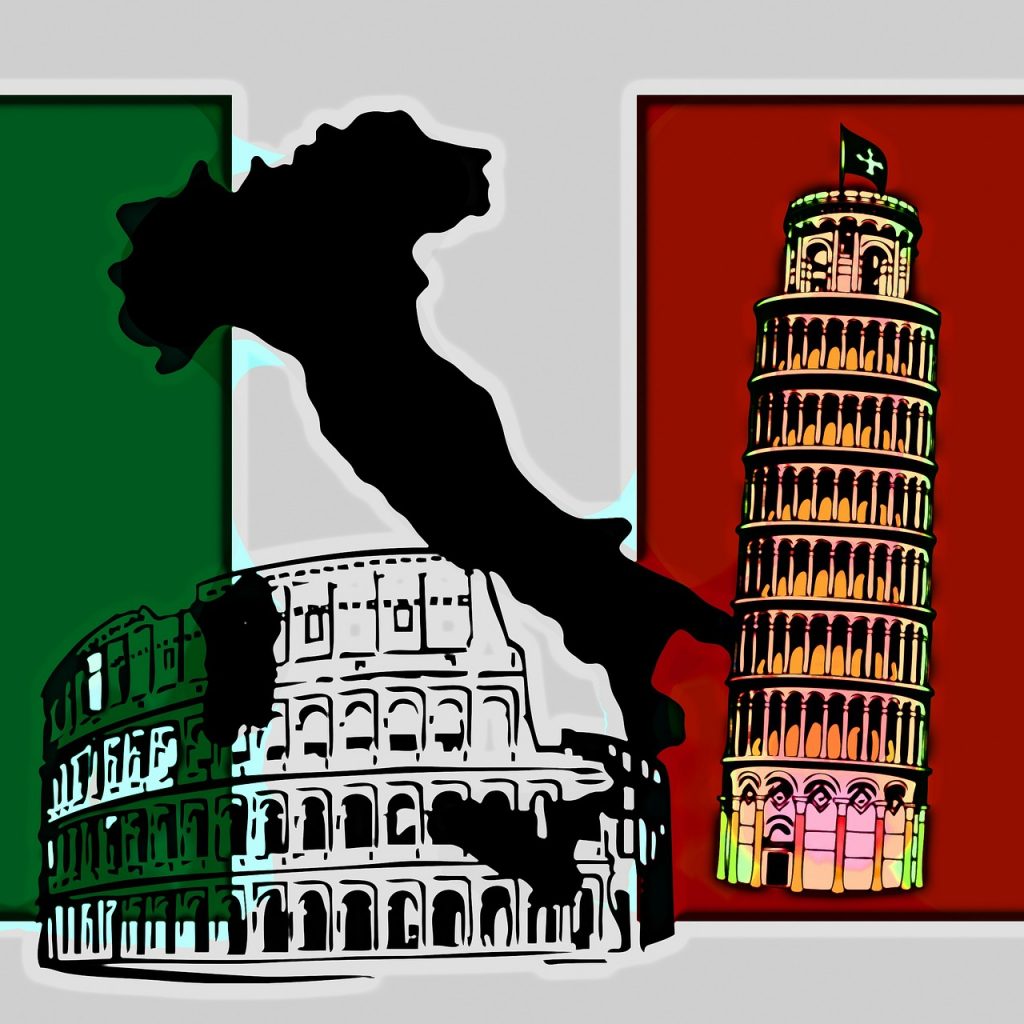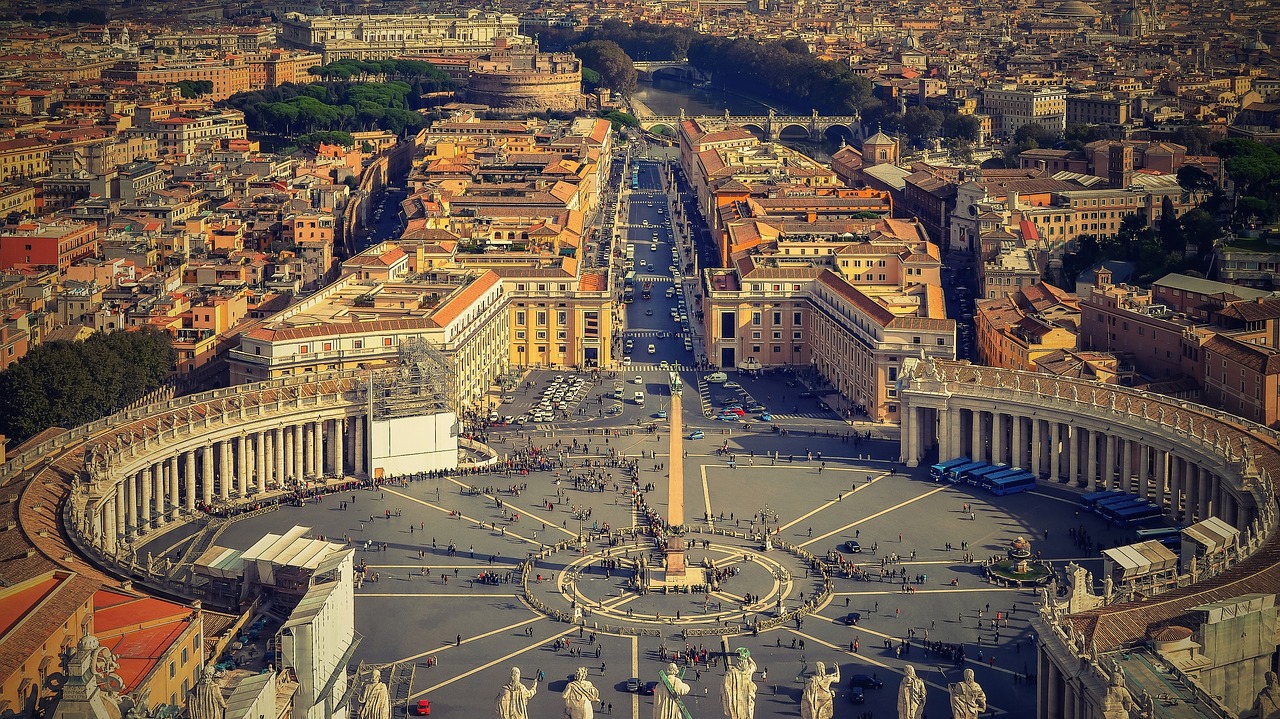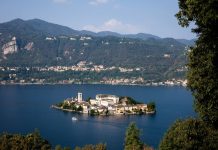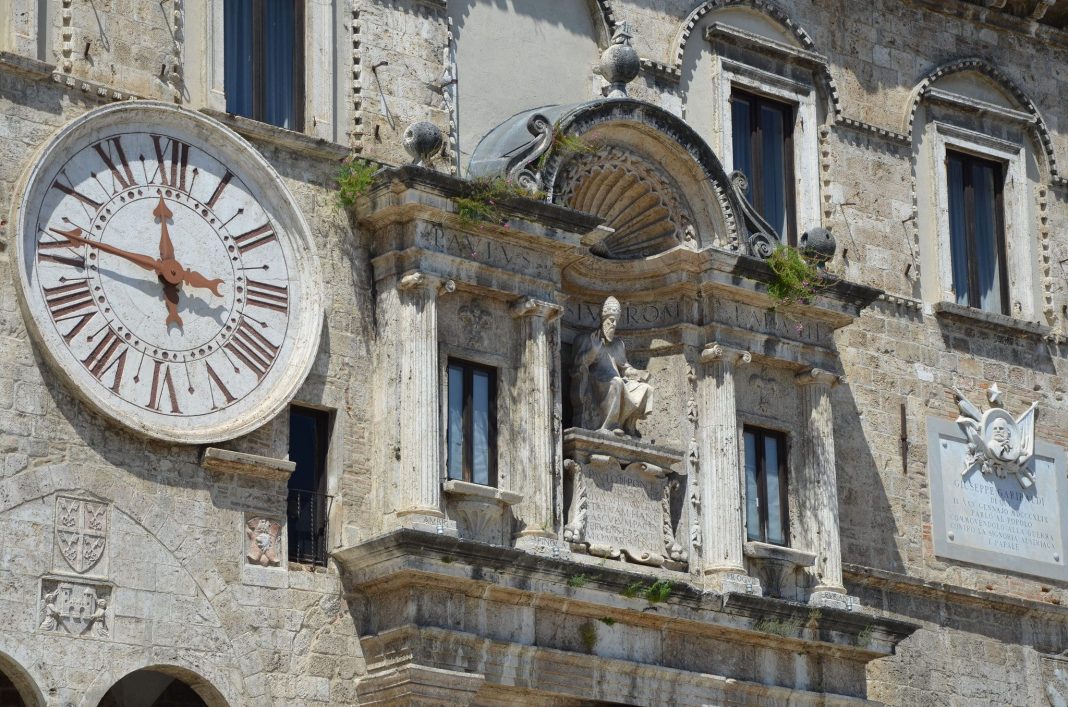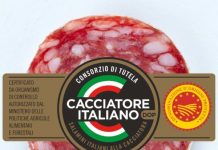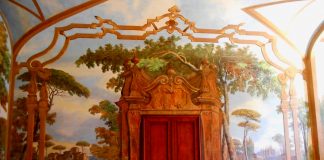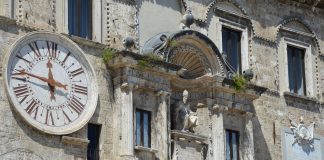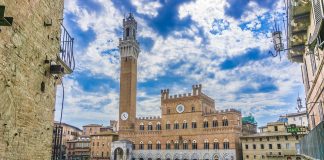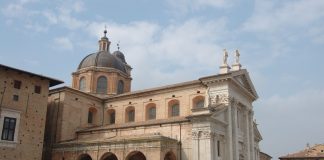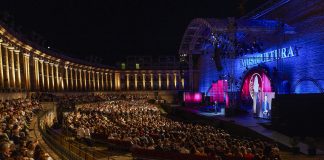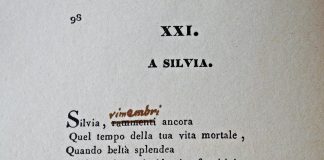ASCOLI PICENO, LE MARCHE
Whether you are a foodie, looking for unique Italian delicacies, or a fanatic of ancient Roman architecture, Ascoli Piceno has something for you.
From romantic corners to historical streets and a rich food and wine culture, this is a great stop during your tour of Italy.
We’ve put together a convenient list of some of the best spots and sites of this place in Le Marche.
THE DELICACIES OF ASCOLI PICENO
FOR FOODIES
The delicacies of this province are perfect for the true foodie. Many gourmet style dishes can be found here, with a focus on fresh, local produce and ingredients.
Olive ascolane, meat-stuffed fried green olives, is the most famous dish. Sweet creamy ravioli dishes complement the savory flavor of the anise cakes, which are a holiday season dessert and are typically decorated with powdered sugar.
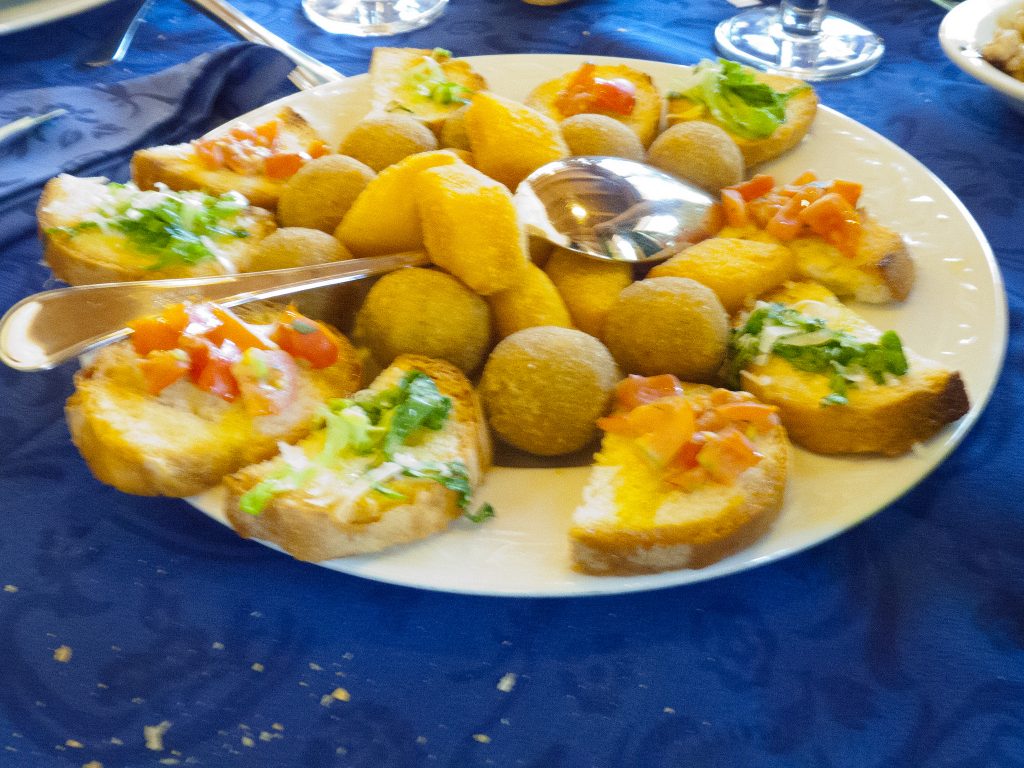
Photo by casamatita* at Flickr
One of the main fresh crops of Ascoli Piceno is olives. Harvests date back to ancient Roman times. Anise is also a staple ingredient of this area, as mentioned before in the dessert cake.
Garlic, fennel, capers, and onions are also cultivated here. Wild truffle mushrooms with their unique flavors are harvested from the woods.
FOR WINE-LOVERS
This region has its own wines to try. The wine culture focuses on local, fresh produce. Two of the most important wines produced here are the Falerio dei Colli Ascolani and the Rosso Piceno.
A typical liquor of Ascoli Piceno is made from the aforementioned anise. Anisette Meletti is bitter and sweet at the same time, making for quite a unique alcoholic flavor.
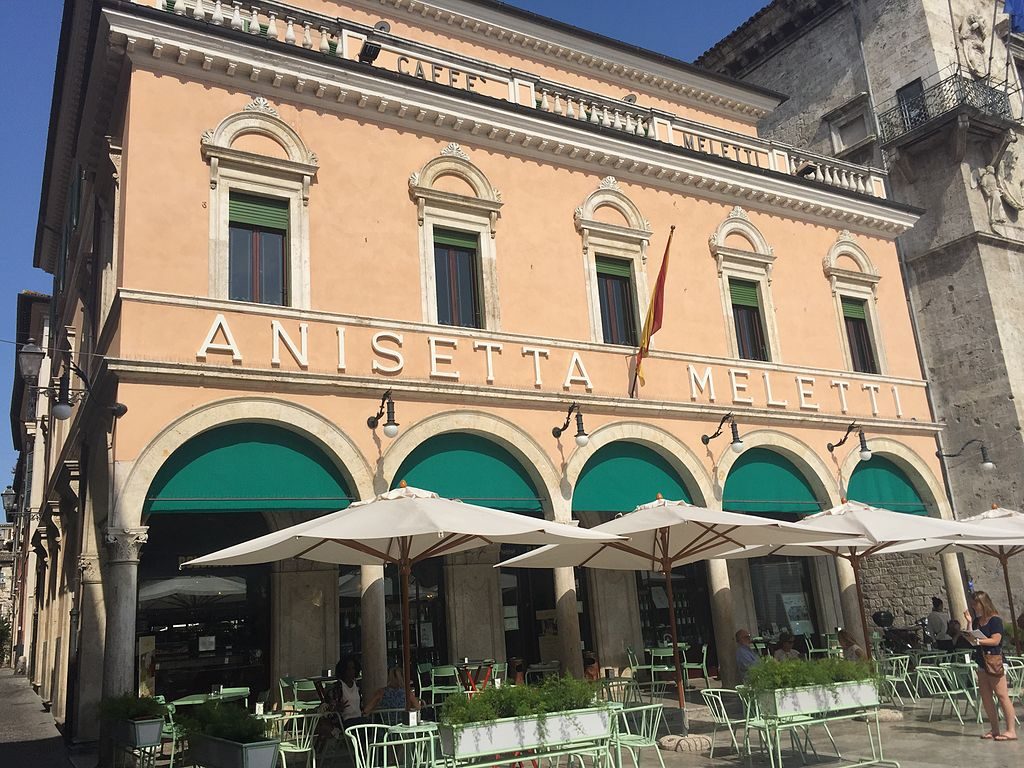
ARCHITECTURE
PORTA SOLESTA’
Constructed during Roman times in the reign of Emperor Augustus is the Porta Solestà. With the intention of uniting Fermo and Ascoli, the ruler built this bridge.
It crosses over the Tronto River and is one of the best preserved pieces of ancient Roman architecture. Make sure you visit this unique historical site; it’s a must-see to experience Ascoli Piceno.
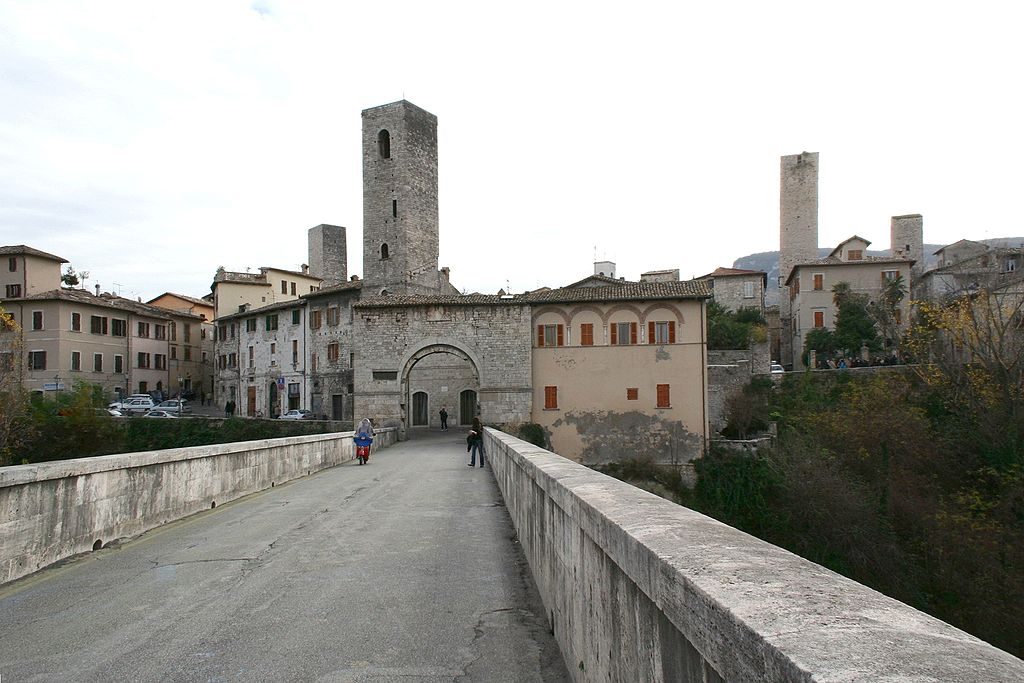
PALAZZO DEI CAPITANI
This palace is on the border of Piazza del Popolo, erected between the 13th and 14th centuries.
In 1535, the governor set this building on fire sought to prove a point to political rebels of the time who were using it as a shelter.
Not only did this event destroy many important documents, it also damaged the palace which took a lot of work to repair afterwards.
Today the building is part of the Ascoli Piceno Department of Culture and holds artistic and historical exhibitions.
VIA DELLE STELLE
This road keeps a romantic atmosphere alive in the city. The street borders the Tronto River, allowing a view of the water and greenery.
With a combination of medieval architecture, ancient towers, and shops, it has all the allure of historical romance.
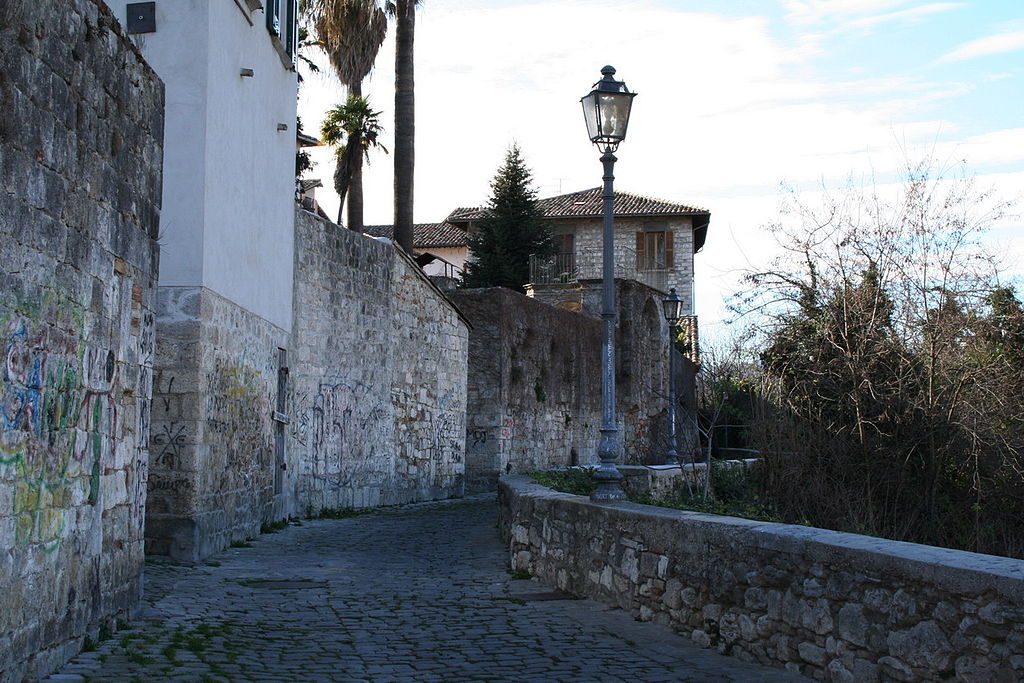
ROMAN THEATER
This magnificent structure is a must-see for the visitors of Ascoli Piceno. The seats of the theater are particularly interesting as they are decorated with names and numbers. Found just on the edge of the historical city center, this large monument is a fascinating part of Ascoli Piceno and of Le Marche as a whole.
MEDIEVAL PIAZZAS
PIAZZA ARRIGO
During the medieval era, this piazza held the Giostra dell’Anello and the Quintana. Its edges are marked by structures of varying ages both of private and public importance.
During the Roman empire, this was a very important square. Its architecture uses travertine, the white stone from the region.

Piazza del Popolo
Home to the beautiful St. Francis Church and covered with travertine stone is the Piazza del Popolo. Conveniently, while it was being built the piazza had many stonecutter shops to keep up with the high demand.
A large structure was built out of stone in order to mask the irregularities of the Medieval shops and structures. This took two years between 1507 and 1509.
